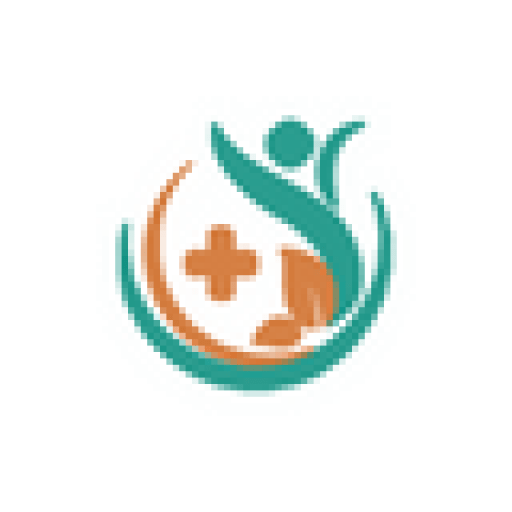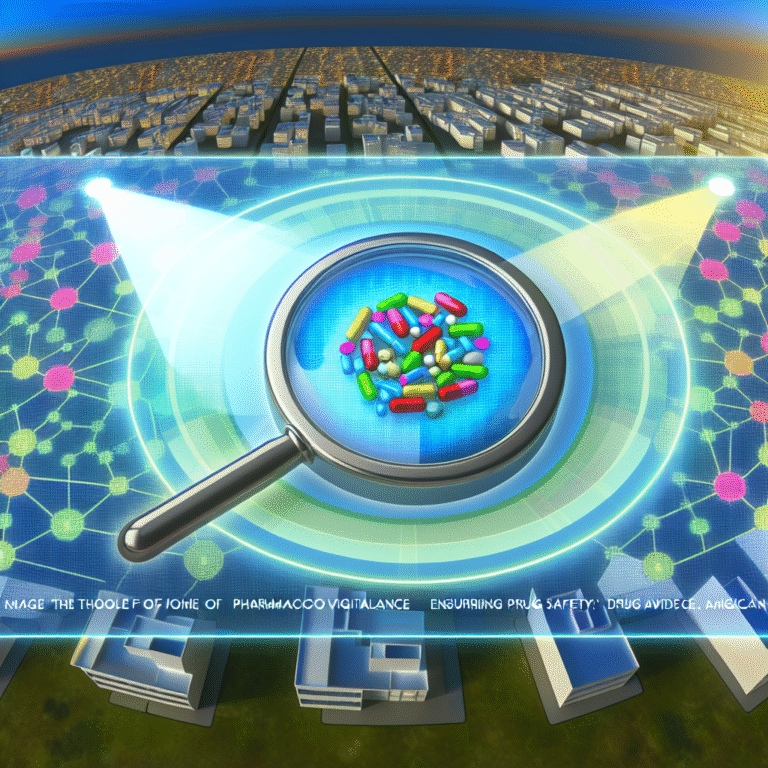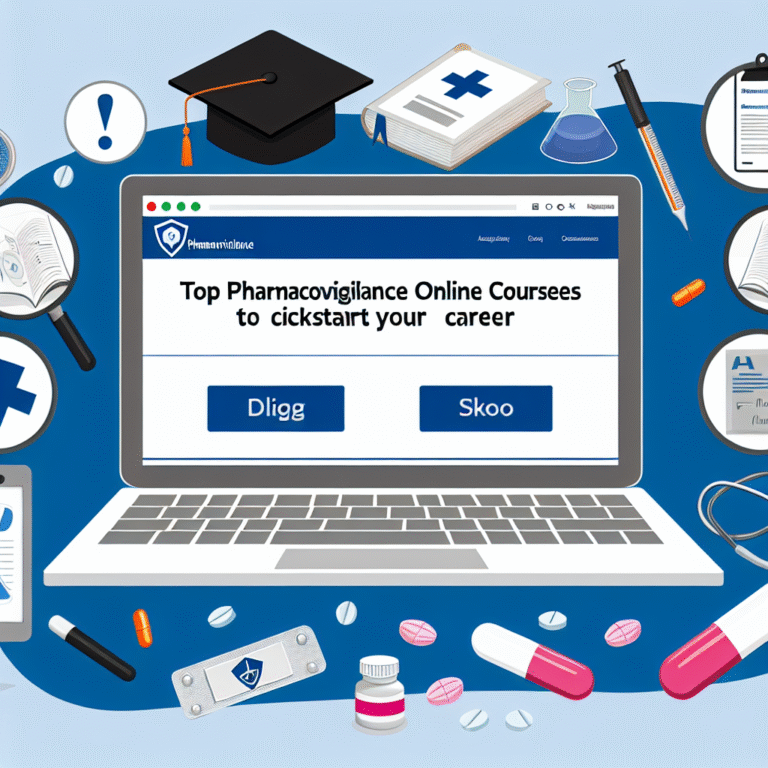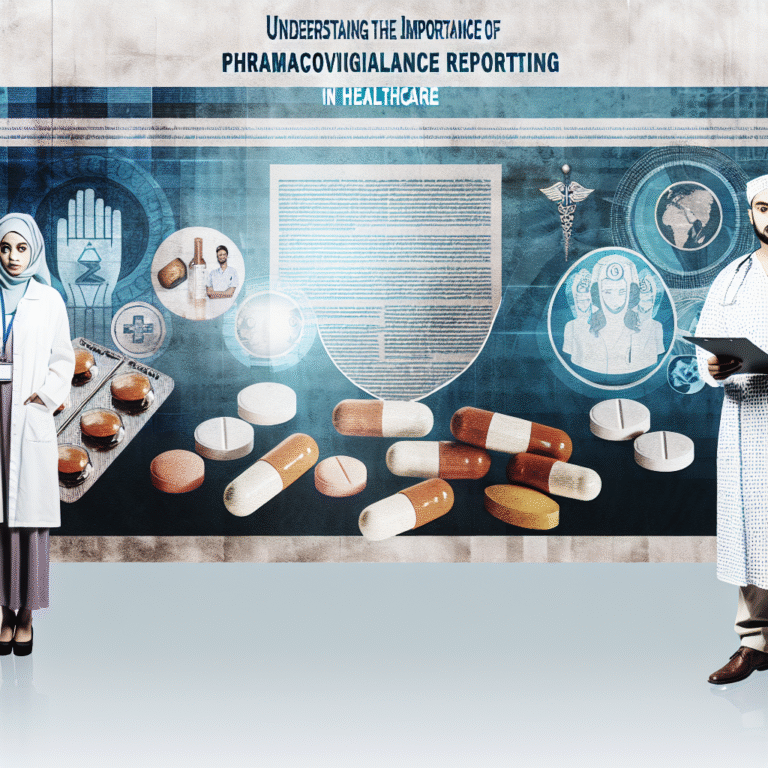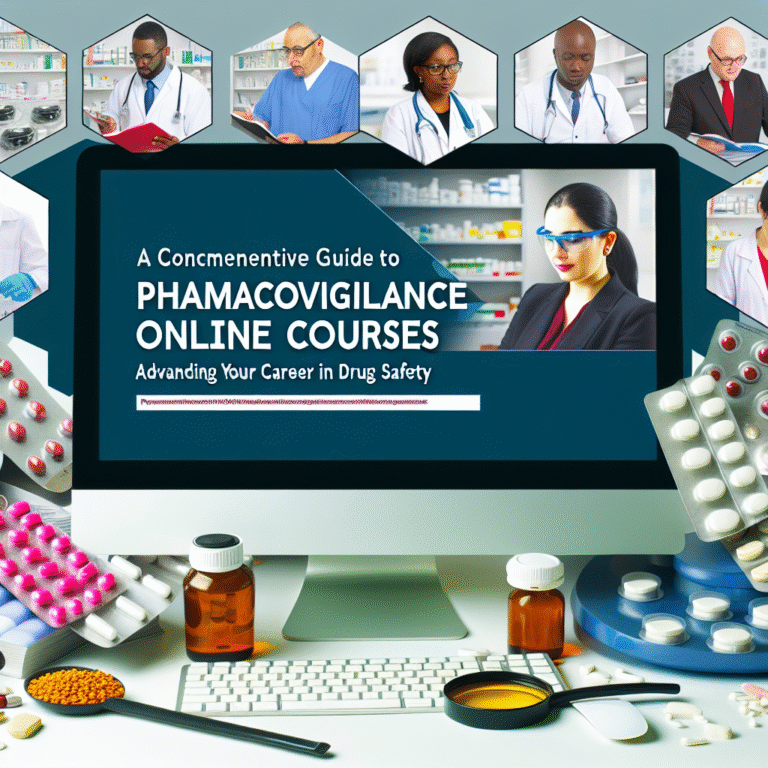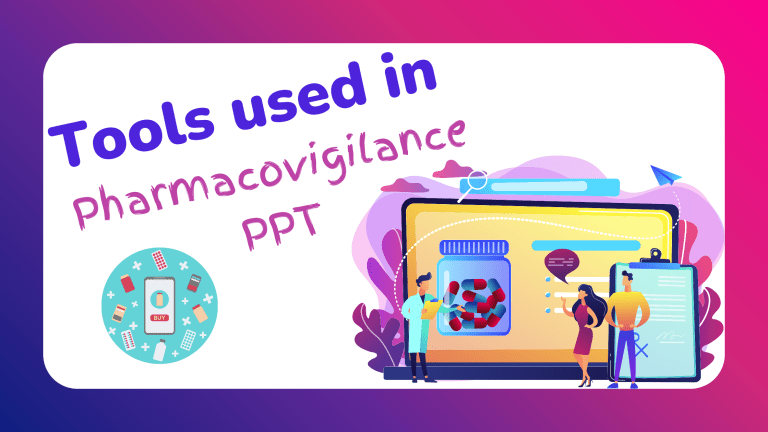Understanding Pharmacovigilance Reporting: A Guide for Healthcare Professionals
Understanding Pharmacovigilance Reporting: A Guide for Healthcare Professionals
Introduction
Pharmacovigilance is a big word that means keeping an eye on medicines to make sure they’re safe and do their job well. It’s really important in healthcare because we want medicines to help people without causing harm. As new healthcare technologies come up, the job of pharmacovigilance becomes even more important. Healthcare professionals need to be active in spotting potential dangers with the medicines they give to patients.
In this guide, we’ll help healthcare professionals learn more about pharmacovigilance. We’ll cover the basics, like what it is and why it’s important, how to report a problem with a medicine, the responsibilities of healthcare professionals, and the challenges and improvements for drug safety.
Section 1: Overview of Pharmacovigilance
What is Pharmacovigilance?
Pharmacovigilance is a science that deals with finding, checking, understanding, and stopping bad effects or other problems related to medicines. Here’s what it aims to do:
1. Keep patients safe by spotting and fixing medicine risks.
2. Make healthcare better by finding medicine problems early.
3. Stop medicine-related harm, helping improve public health.
History and How It Started
Pharmacovigilance has been growing over many years:
– In the 20th century, a medicine called thalidomide caused many problems, making people more aware of drug safety and leading to the creation of regulatory organizations.
– Important steps were the formation of the World Health Organization’s Drug Monitoring Program and efforts to sync pharmacovigilance across regions.
– Now, global teamwork is happening, where different places share information to keep medicines safe everywhere.
Section 2: How Pharmacovigilance Reporting Works
Spotting Adverse Drug Reactions (ADRs)
It’s important to recognize ADRs for good reporting:
– Look for symptoms like unexpected side effects, long-lasting problems, or dangerous conditions.
– Know the difference between common side effects (which aren’t harmful) and serious ADRs (unexpected and harmful).
Gathering and Storing Data
Correct and complete data is key in pharmacovigilance:
– Gather details like patient info, medicine details, what happened, and when it happened.
– Write everything down clearly and keep supporting documents.
Reporting Systems and How to Use Them
Healthcare professionals need to know about reporting systems:
– Use systems like the FDA MedWatch in the U.S. and global systems such as WHO-Uppsala Monitoring Centre.
– Reports can be sent online or by mail, depending on the rules of your institution.
Section 3: Responsibilities of Healthcare Professionals
Who Should Report?
All healthcare workers are important in pharmacovigilance:
– Doctors, nurses, and pharmacists see patients and medicine outcomes first-hand.
– Everyone needs to report to build complete data.
When to Report?
It’s important to report problems quickly:
– Look out for strange patient reactions, unexpected symptoms, and unusual medicine reactions.
– Report right away to get early fixes and prevent harm.
How to Promote Reporting
Creating a culture of reporting helps keep patients safe:
– Have regular training and education about pharmacovigilance for healthcare staff.
– Encourage open discussions and stress the importance of responsibility.
Section 4: Challenges and Solutions in Pharmacovigilance
Common Challenges
Pharmacovigilance faces some problems:
– Underreporting from ignoring, not knowing, or being too busy.
– Incorrect data from incomplete records or misunderstandings.
– Poor communication can lead to bad reporting.
Ways to Get Better
Improving pharmacovigilance can make drug safety better:
1. Run strong educational programs for different healthcare levels, boosting awareness and skills.
2. Use technology for better data collection and fast analysis, reducing mistakes and speeding up work.
3. Create supportive policies to make reporting consistent across healthcare locations.
Section 5: The Future of Pharmacovigilance
New Ways to Report and Monitor
Tech advances are improving pharmacovigilance:
– Innovations like AI and machine learning make detecting signals and predicting risks better.
– Improved data analysis finds bad reactions early, supporting drug safety measures.
Worldwide Cooperation
Efforts to align pharmacovigilance methods globally are growing:
– Standardized reporting makes sure data collection and analysis are the same everywhere.
– International teamwork helps spread knowledge, boosting global drug safety.
Patients in Pharmacovigilance
Having patients take part in pharmacovigilance adds value:
– Encouraging patients to report ADRs on easy-to-use platforms makes data more inclusive.
– Using patient-reported outcomes gives a fuller picture of how drugs work.
Conclusion
Pharmacovigilance is really important in making sure drugs are safe and patients stay healthy. When healthcare professionals practice pharmacovigilance, they protect patients from bad drug reactions and help improve healthcare. Embracing tech advancements and supporting a strong reporting culture is important as pharmacovigilance keeps evolving. At Pharmacovigilance Foundations, we encourage all healthcare professionals to be active in pharmacovigilance efforts, supporting patient safety and medicine effectiveness.
Extra Resources
– Books and Journals
– “Pharmacovigilance: Principles and Practical Approach” by Tracey J. Z. Lu
– “Drug Safety Data: How to Analyze, Summarize and Interpret to Determine Risk” by Michael Klepper
– Journal of Pharmacovigilance
By learning and applying pharmacovigilance principles, healthcare professionals can greatly help manage drug safety, ultimately improving patient care and public health. Join us on this journey to make pharmacovigilance a key part of everyday healthcare practice.
